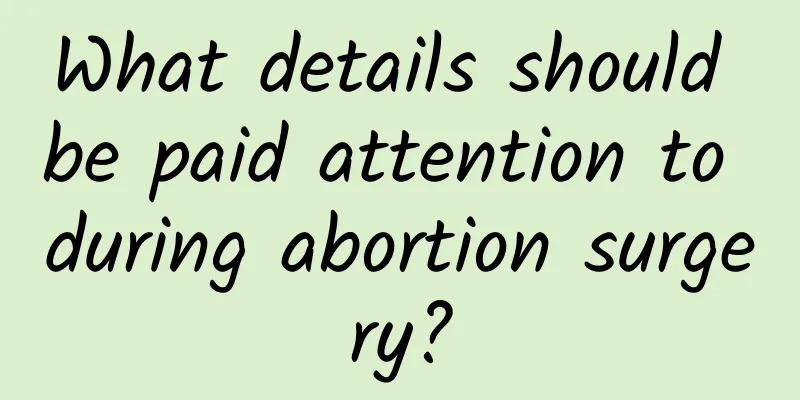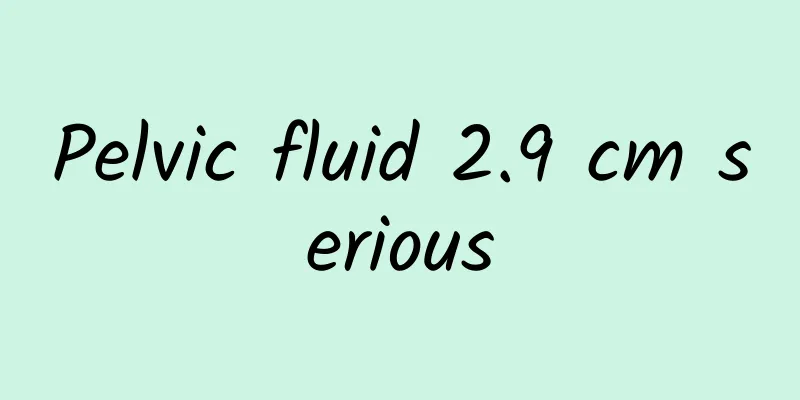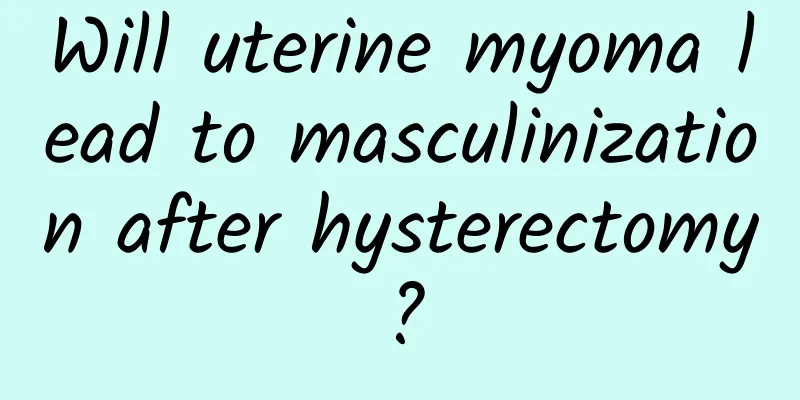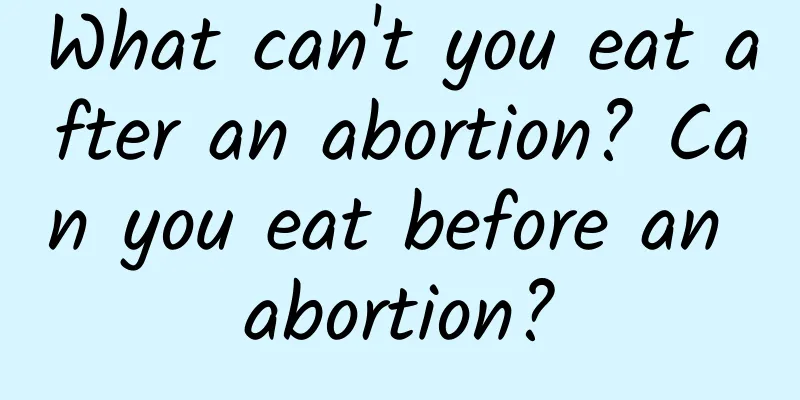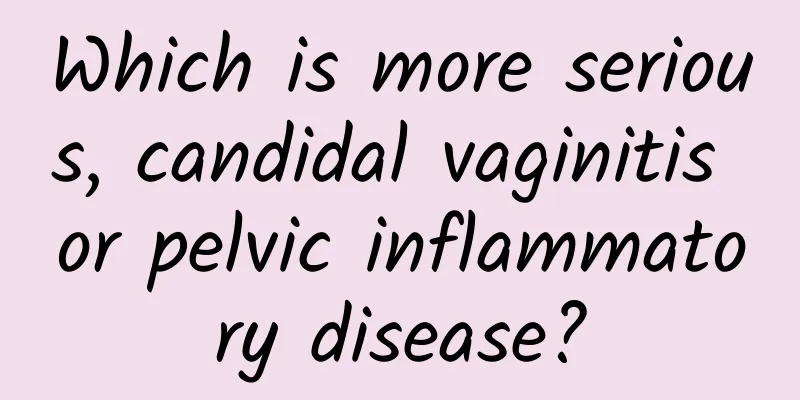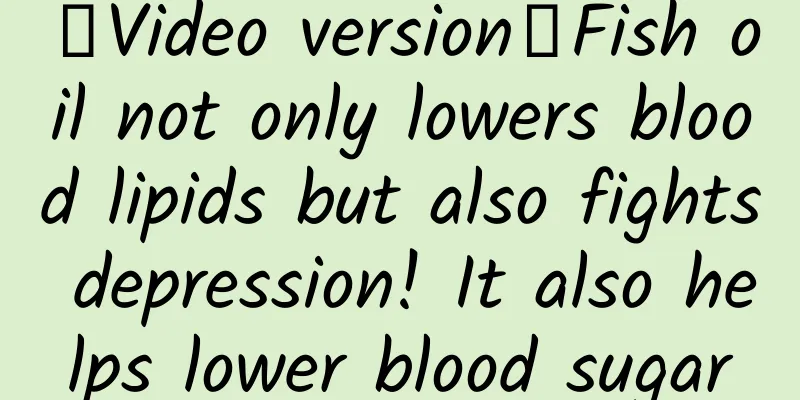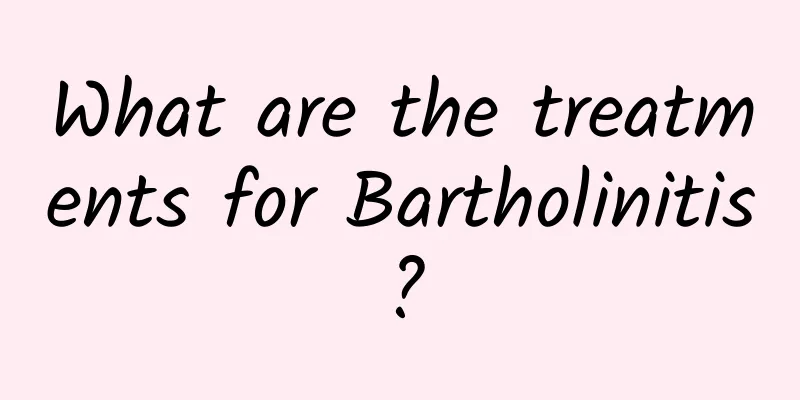Effective treatment for pelvic peritonitis
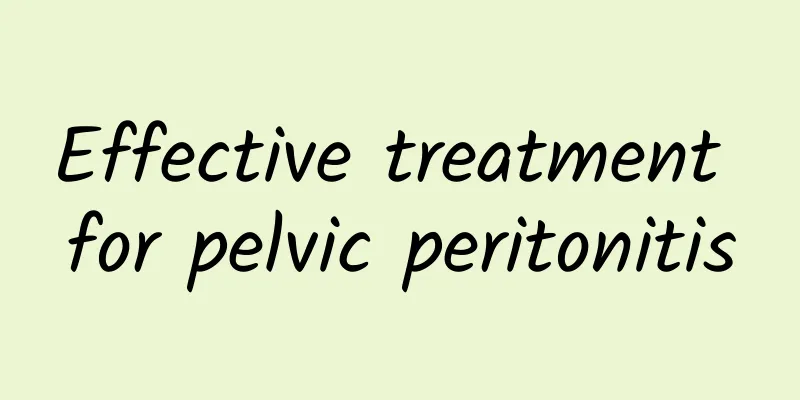
|
Pelvic peritonitis is a common gynecological disease in women. If pelvic peritonitis is not treated, it can easily lead to more serious consequences. Pelvic peritonitis often has chronic salpingo-oophoritis and chronic uterine myositis, so it often has all the symptoms of pelvic genital inflammation. Pelvic peritonitis brings many inconveniences to life and work, so it should be actively treated. Here are some methods for pelvic peritonitis. (1) Antibiotic treatment: For patients with obvious symptoms, antibiotics should be used first. Antibiotics can kill the remaining pathogenic bacteria and prevent acute attacks. Commonly used drugs are still penicillin, gentamicin, metronidazole, etc. The usage is the same as that of acute salpingo-oophoritis and pelvic peritonitis. (2) Tissue therapy: such as placental tissue fluid and placental globulin, injected intramuscularly once a day or every other day, 15 times as a course of treatment. (3) Physical therapy: benign warm stimulation can promote pelvic blood circulation, improve the nutritional status of local tissues, and facilitate the absorption and disappearance of inflammation. Commonly used physical therapies include shortwave, ultrashortwave, infrared, audio, ion penetration, etc. However, physical therapy should not be used when the body temperature exceeds 37.5℃ or when suffering from genital tuberculosis. (4) Other drug treatments: For tubal obstruction caused by chronic salpingitis, intrauterine injection can be performed. Gentomycin 160,000 units, α-chymotrypsin 5 mg, dexamethasone 5 mg are selected and diluted with 20 ml of normal saline. After strict disinfection of the vulva, vagina, and cervix, the intrauterine injection is performed. It starts 3 days after the end of menstruation and is injected once every 2 days until before ovulation. Continuous treatment for 3 cycles is possible. (5) Surgical treatment: Surgery can be performed for large hydrosalpinx or tubo-ovarian cysts caused by inflammation. For infertility caused by tubal obstruction, tubal repair surgery can be performed. For chronic tubo-oophoritis and pelvic peritonitis with repeated acute attacks, when drug treatment is not satisfactory and the patient is in great pain, and the patient is older, surgical treatment can also be considered. The above is an introduction to effective methods for treating pelvic peritonitis. I hope it will be helpful to you. |
<<: How to treat pelvic peritonitis
>>: What are the common treatments for pelvic peritonitis?
Recommend
Feeling uncomfortable and want to exercise? What to do before and after exercise? Don't make mistakes with the 7 common sports equipment in parks
Everyone knows the benefits of exercise, the prob...
The most prominent symptom of adnexitis is usually abdominal pain.
The most prominent symptom of adnexitis is usuall...
Adnexitis may also cause the following special symptoms
Gynecological diseases are often easily contagiou...
Risk factors for ovulation bleeding
Ovulation bleeding is a symptom that many women e...
What are the dangers of threatened abortion to women?
From pregnancy preparation to pregnancy, it is an...
What are the clinical symptoms of cervicitis?
Summer is the peak season for female cervicitis. ...
What tests should be done for cervical warts
Can cervical warts be detected by blood tests? Bl...
5:2 weight loss is popular! Wuqing Juice is a good helper for detoxification
It's hot in summer and women wear cool clothe...
A prescription for the treatment of damp-heat and stasis-toxic pelvic inflammatory disease that can be taken regularly
Traditional Chinese medicine divides pelvic infla...
Coffee: Pregnant women who drink coffee are more likely to have miscarriages and their fetuses may be deformed
Canadian researchers recently found that caffeine...
What foods can cause miscarriage? Eat less of these 7 foods
There are many foods that women should avoid eati...
What to eat to reduce uterine fibroids quickly? How to regulate to reduce uterine fibroids
What to eat to reduce uterine fibroids quickly? H...
Lower abdominal pain, abnormal vaginal discharge, and odor
Lower abdominal pain accompanied by abnormal vagi...
What is the reason for blood clots during menstruation?
The presence of blood clots during menstruation i...
How to diagnose early cervical precancerous lesions
Many female friends have suffered from cervical d...
